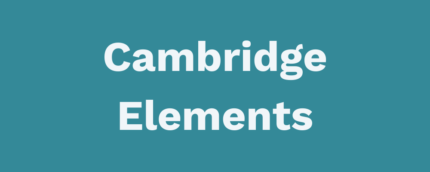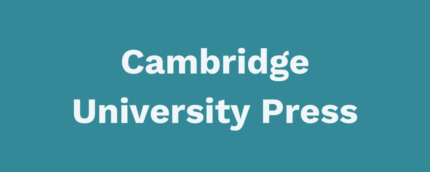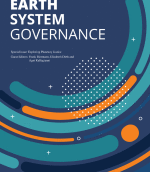The notion of global governance is widely studied in academia and increasingly relevant to politics and policy making. Yet many of its fundamental elements remain unclear in both theory and practice. This book offers a fresh perspective by analyzing global governance in terms of three major trends, as exemplified by developments in global sustainability governance: the emergence of nonstate actors; new mechanisms of transnational cooperation; and increasingly segmented and overlapping layers of authority. The book, which is the synthesis of a ten-year “Global Governance Project” carried out by thirteen leading European research institutions, first examines new nonstate actors, focusing on international bureaucracies, global corporations, and transnational networks of scientists; then investigates novel mechanisms of global governance, particularly transnational environmental regimes, public-private partnerships, and market-based arrangements; and, finally, looks at fragmentation of authority, both vertically among supranational, international, national, and subnational layers, and horizontally among different parallel rule-making systems. The implications, potential, and realities of global environmental governance are defining questions for our generation. This book distills key insights from the past and outlines the most important research challenges for the future.
Table of Content
1 Global Environmental Governance Revisited (Frank Biermann and Philipp Pattberg)
Part I: The New Actors
2 International Bureaucracies (Steffen Bauer, Steinar Andresen, and Frank Biermann)
3 Global Corporations (Kyla Tienhaara, Amandine Orsini, and Robert Falkner)
4 Science Networks (Aarti Gupta, Steinar Andresen, Bernd Siebenhüner, and Frank Biermann)
Part II: The New Mechanisms
5 Transnational Environmental Regimes (Philipp Pattberg)
6 Transnational Public-Private Partnerships (Karin Bäckstrand, Sabine Campe, Sander Chan, Ayşem Mert, and Marco Schäferhoff)
7 Transnational Governance Experiments (Harriet Bulkeley, Matthew J. Hoffmann, Stacy D. VanDeveer, and Victoria Milledge)
Part III: The New Interlinkages and Fragmentations
8 Horizontal Institutional Interlinkages (Fariborz Zelli, Aarti Gupta, and Harro van Asselt)
9 International-domestic Linkages (Per-Olof Busch, Aarti Gupta, and Robert Falkner)
10 Regional Governance Arrangements (Tatiana Kluvánková-Oravská and Veronika Chobotová)
11 The Changing Role of the State (Daniel Compagnon, Sander Chan, and Ayşem Mert)
12 Conclusion ( Frank Biermann and Philipp Pattberg)









